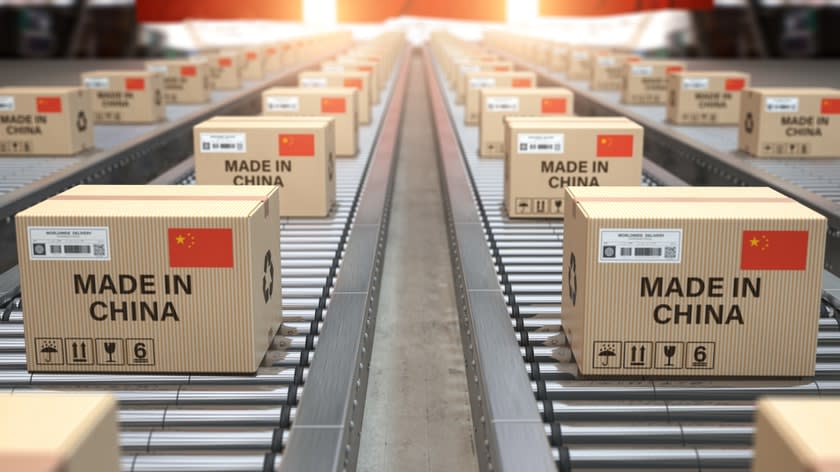China - Latest data confirm supply side strength, demand weakness


China Macro: Activity data for January/February stronger than expected. Supply side still stronger than demand side.
China Macro: Activity data for January/February stronger than expected
This morning, the first set of hard Chinese activity data for 2024 were published. Typically, these activity data are combined for January and February due to the Lunar New Year (LNY) break, and published in March. On balance, the data came in stronger than expected, but illustrated remaining imbalances. Industrial production grew by 7.0% yoy ytd (consensus: 5.2%, 2023: 4.6%), and also showed solid growth in monthly terms in January/February. Fixed investment also beat expectations, growing by 4.2% yoy ytd (consensus: 3.2%, 2023: 3.0%). Although public investment was the key driver of this, reflecting the stepping up of support, private investment showed (moderate) growth again for the first time since April 2023. Meanwhile, retail sales grew more or less as expected, coming in at 5.5% (consensus: 5.6%, 2023: 7.2%). In monthly terms, overall retail sales growth remained weak in January and February, despite the surge in tourism travel/spending during the Lunar New Year break (with nominal sales also dragged down by deflation/low inflation). Property sector data remained very weak so far, with property investment and residential property sales staying deeply in contraction territory. The unemployment rate edged up to 5.3% (consensus/December: 5.1%). And last Friday, lending data over January/February showed that credit growth has fallen below 10% yoy, driven by weak loan demand.
Supply side side still stronger than demand side
All in all, the latest data confirm that China’s supply side so far is clearly stronger than the demand side, something we had also signalled after the publication of the February PMIs (see our earlier comment ). This has two macro effects on the global economy. The first one is a contribution to deflationary forces: although China’s CPI inflation rose back to positive territory in February, this was partly driven by specific LNY factors, while producer price inflation fell a bit deeper into negative territory (-2.7% yoy). The second effect of China’s supply strength is its contribution to a flare-up of trade tensions, particularly in sensitive sectors such as electronic vehicles. Following an investigation into China’s EV sector launched last autumn, Brussels has already indicated it would propose additional tariffs on China’s EV imports, likely in July. The US has also recently announced its own investigation and possible countermeasures, pointing to national security concerns.